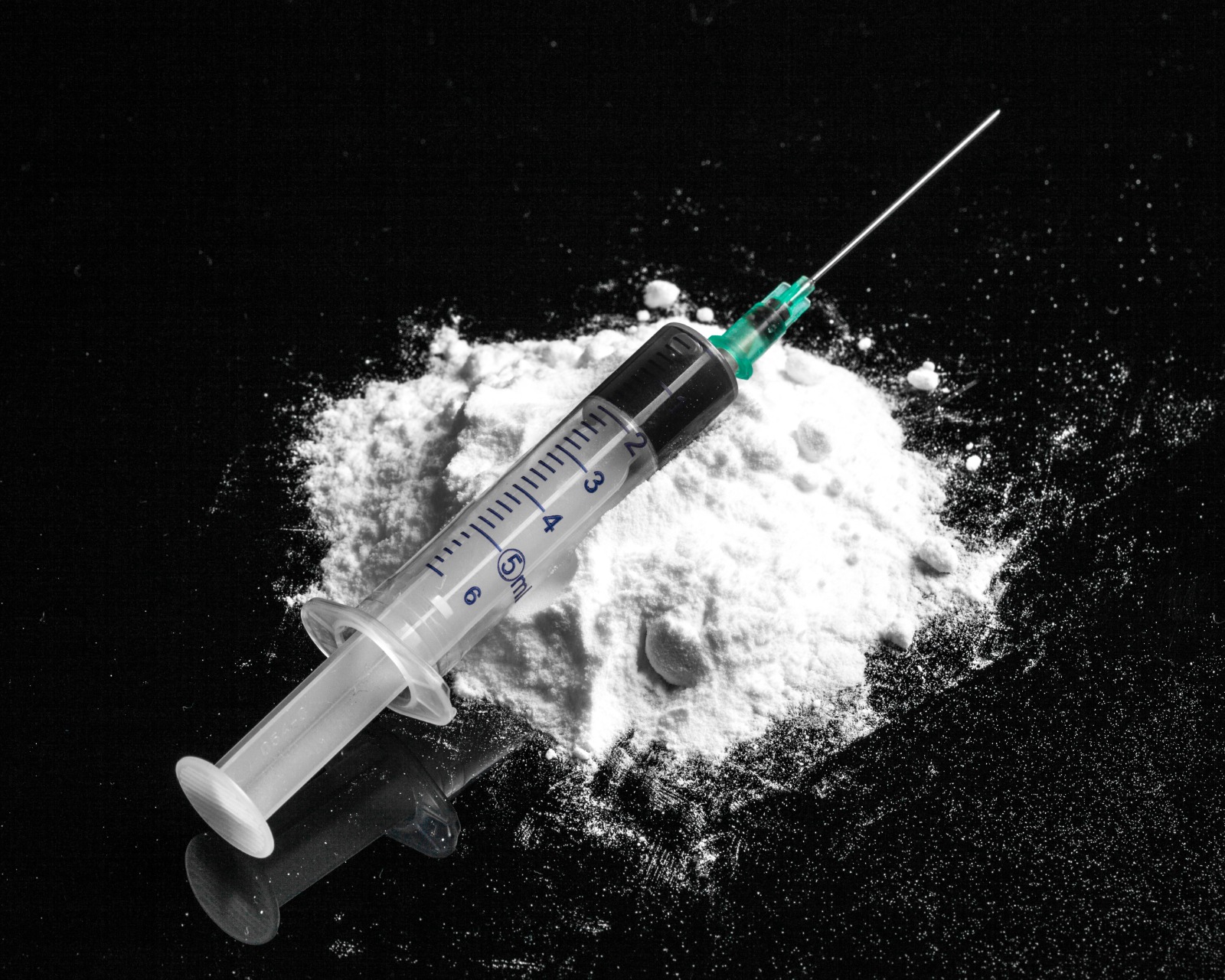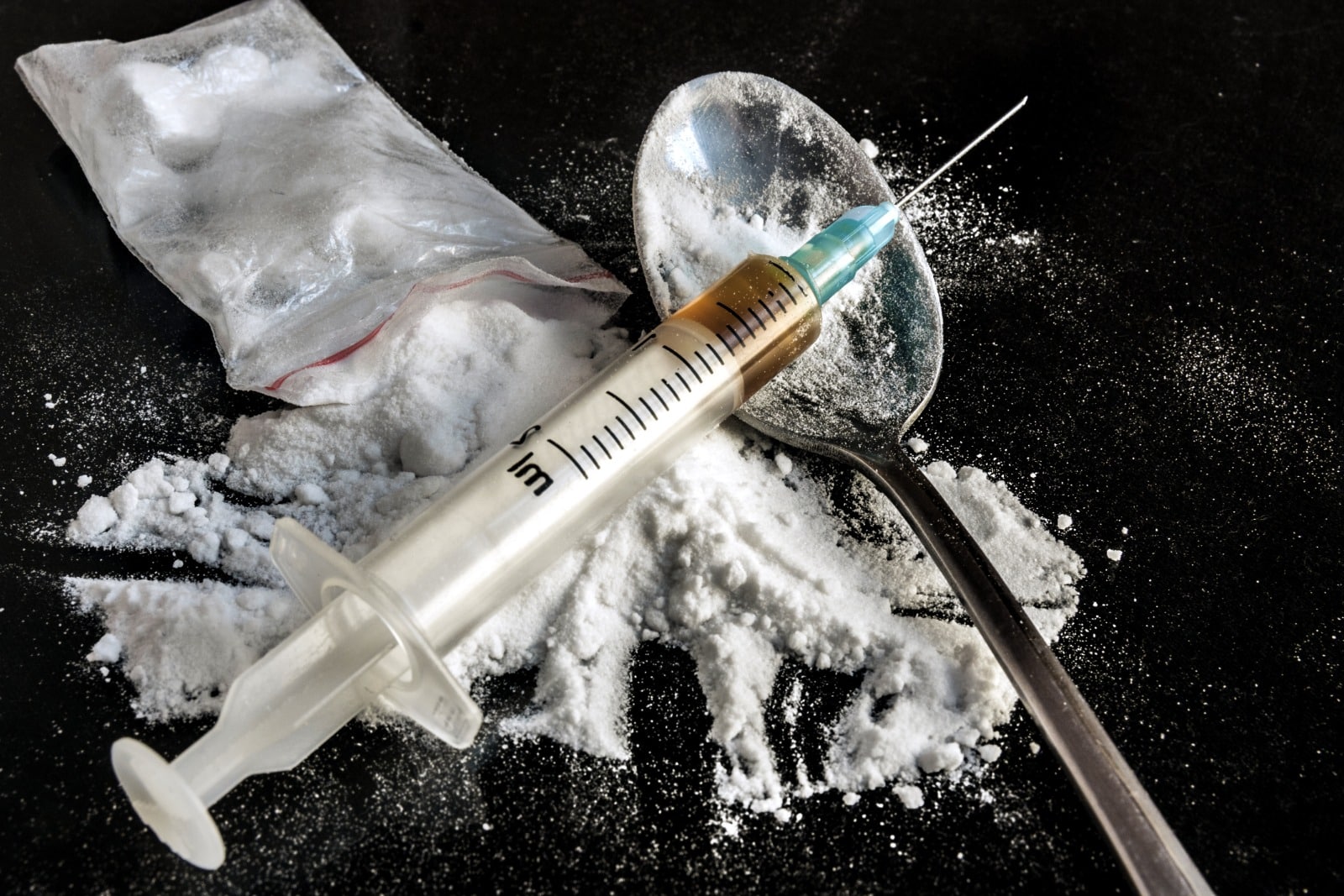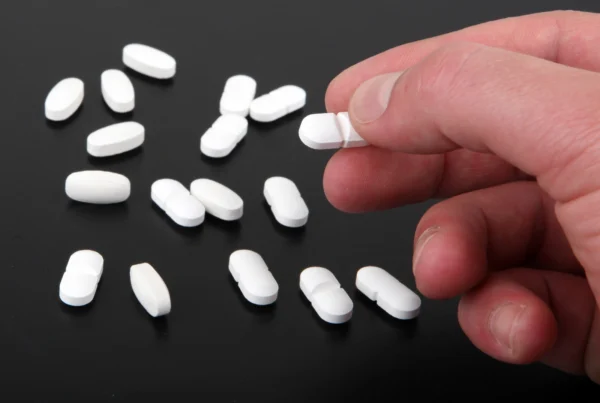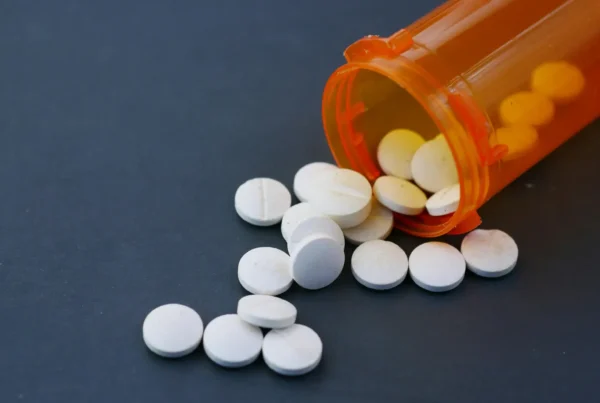
Table of Contents
You may have wondered before. What does heroin look like? Of all the drugs out there, there aren’t that many that have the negative reputation heroin does. Next to possibly meth, and generally more stigmatized than cocaine, heroin is one of those drugs that tends to be hidden in the shadows and not talked about in polite society.
The problem is, heroin is everywhere and is currently considered somewhat of a pandemic in the U.S. as a result of prescribed opioid addictions. This means that not knowing about the drug can make it a lot more dangerous than it already is.
Here’s what you need to know about heroin – from what it is to the signs that someone might be abusing this dangerous drug, and what does heroin look like exactly?
What Is Heroin?
One of the sad truths about the world of addiction and drug abuse is that many people develop addictions out of a false feeling of necessity and dependence. Heroin has taken the U.S. by storm, for instance, due to many pain patients reliant on opioids for management developing an addiction and turning to heroin as a cheaper and more accessible option.
Understanding what heroin is can help prevent unnecessary and dangerous reliance on the drug. Plus, gaining more information on heroin can be important for understanding addiction and offering helpful support and compassion to the people dealing with it.
Heroin is an opiate drug in the narcotic class of drugs such as morphine and oxycodone. In fact, some heroin is processed morphine, [1] while other forms of the drug may be refined directly from the opium poppy. Opium poppies are naturally occurring plants in many regions, but they are illegal to grow intentionally in many areas, and it takes skill and advanced knowledge to turn the plant into a drug.
That said, all opioid and opiate drugs are either derived from opium poppies or are chemically similar molecules synthesized in labs.
One of the risks of using heroin is that it’s incredibly common for the drug to be cut with other substances, and many of the things people used to claim that the drug is pure, like color or texture, can be faked with other substances.
Unlike an opioid drug that a doctor could prescribe you, the fact that heroin is so often cut with other substances makes estimating the right dose incredibly difficult, which is one of the main reasons that the risk of overdose is as high as it is.
Like other opiates, heroin works by binding with the neurotransmitter receptors [2] in your brain and nervous system, particularly in the areas of the brain involved in pain, pleasure, and control autonomic functions like your heart rate, sleeping, and breathing.
That’s important because it explains both the euphoric feelings that come with heroin use and why it can be so dangerous if you accidentally take too much. Anything that can interfere with your body’s natural urge to breathe can be dangerous, and messing with your heart and circulatory system at the same time only makes it more dangerous.
What Does Heroin Look Like?
Now that you know a bit more about heroin, what it is, and how it works – what does heroin look like, exactly?
Most often, heroin is a white or off-white powder, though some samples may be more similar in color to a dull penny, a reddish brown, or any color in between. The actual color is a result of the refining process, the age of the drug, and, in many cases, what other substances the heroin has been cut with.
So, what does heroin look like? Sometimes, the drug may also be a black, sticky feeling, paste or liquid. Typically this means that the heroin has been used, or at least that it’s been heated. Black tar heroin, the nickname for this appearance, may also be a sign of faulty refining, low quality, or other problems with the drug. It’s usually cheaper, but it’s just as dangerous if not more dangerous as other forms of heroin.
More rarely, heroin may also be a clear whitish crystal, usually fairly small crystal fragments. This form of heroin needs more prep before using, but may be purer than other types since any additives have to be able to crystalize in the heroin without changing the color or shape of the crystal enough that users would notice.
Unfortunately, many drug cartels and other sellers have figured out how to adulterate any form of heroin. And, while heroin is often cut with non-drug substances like powdered milk or even sawdust, it’s just as likely to be cut with other drugs like fentanyl, [3] which can increase the risk of overdose even further.
Signs Someone You Care About Might Be Using Heroin
Recognizing heroin use in someone close to you can be difficult, especially if they are high-functioning despite their addiction, or if they have developed strategies to redirect suspicion and make it less likely people will notice their use.
Remember, the stigma associated with drug use can make it a lot harder for people to ask for help.
In fact, many people who use it feel like they have to hide it, not just for legal reasons, but because they worry about becoming more isolated or losing access to safety nets because of their addiction. Even telling potentially safe people, like their primary care doctors, might feel like a risk. So, especially in the beginning, most people try to hide their use.
That means that you need to be on the lookout if you want to help support someone and encourage them to get professional help overcoming their addiction.
What does heroin look like when someone is using this illicit drug? Here are some of the signs that someone may be using heroin:
- They appear more secretive
- They are vague about recent activities
- Their performance at work or school suddenly goes down
- They complain regularly about insomnia
- They seem to have a runny nose or a lot of upper respiratory infections
- Seeming distant or disconnected
- New or worsening depression
- Wearing long-sleeves more often, or in unseasonable weather
- Frequent bloodshot eyes
- Having less motivation or energy than normal
- Asking for money, or even stealing things to sell
- Frequently nodding off or falling asleep at odd moments
- Sudden or extreme weight loss
These are just some of the most common signs of heroin addiction, however, not all of them are signs of addiction. Sometimes people who have addictions to other substances, including cocaine, alcohol, or meth, may show similar symptoms of their addiction. Or, these signs could be related to other potential health conditions.
If you start noticing several of these signs and symptoms in someone you care about, it might be time to talk to them about what they are doing and see if they are open to getting help if they confirm your fears.
Why Do People Use Heroin?
Aside from what does heroin look like, you’re probably wondering why so many people use this drug. With so many negative side effects and the heavy stigma associated with heroin, it’s natural to wonder why people start using this dangerous drug in the first place.
The first thing you should know is that many people feel like they have no choice, and not everyone with an addiction gets that addiction because of something they willingly chose to do or have control over.
For instance, one of the most common causes of heroin addiction is actually having a previous addiction to an opioid prescription painkiller. These painkillers are chemically similar to heroin, so switching drugs is relatively easy for users, and, without a prescription, heroin is often cheaper than buying safer prescription pills on the black market.
While neither addiction is safe or healthy, many heroin addicts start as pain patients with very real and challenging medical conditions, and only move to heroin when they feel they have no choice and no means to get the drug they were originally prescribed. This is especially considering the harsh rules and restrictions placed upon doctors prescribing painkillers in an attempt to restrict overprescribing.
The other big reason that many people turn to drug use, not just heroin, is that they feel their life is unbearable without something that helps them feel better. That may be a product of their circumstances, abuse, mental illness, isolation, and many other factors. These people also deserve care and compassion because, like all of us, they are just doing what they feel they must to survive.
How To Get Help
If you or someone you care about is dealing with a heroin addiction, the problem can be daunting. Even if you want help, it can feel like there aren’t any options, or that the only options available are out of reach.
The good news is that addiction help is probably more accessible than you think. There are plenty of people who have the expertise and knowledge you need to overcome addiction and get back to normal life.
The first step is deciding that you are ready to overcome heroin addiction. The next step is figuring out what support system you already have. If there are people in your life that have shown concern over your heroin use or have asked you to stop using, they might be a good place to start building your support system.
The next step is to talk to a medical care professional about your concerns and your heroin use. Your general practitioner is a good start, but you may want to go straight to a treatment center to work with specialists.
Overcoming heroin addiction is complicated. Getting help from specialists makes it easier.
If going to a treatment center sounds like the right option for you, contact Ocean Recovery, we can help.
Sources:
- DEA. (n.d.). Heroin. https://www.dea.gov/factsheets/heroin on 2023, February 13
- National Institute on Drug Abuse. (2022, December 16). Heroin drug facts. Retrieved from https://nida.nih.gov/publications/drugfacts/heroin on 2023, February 13
- DEA. (n.d.). Fentanyl. Retrieved from https://www.dea.gov/factsheets/fentanyl on 2023, February 13
OCEAN RECOVERY EDITORIAL GUIDELINES
The internet contains a vast amount of misinformation, but when it comes to your health only peer reviewed, research centered data matters. At Ocean Recovery, all content published throughout our website has been rigorously medically reviewed by a doctorate level clinician, and cross checked for medical accuracy. Our editorial process helps our readers trust that the information they are consuming is factual and based upon scientific data. Your health is our top priority, find out more about how we safeguard the integrity of information on our website. Read More About Our Process






